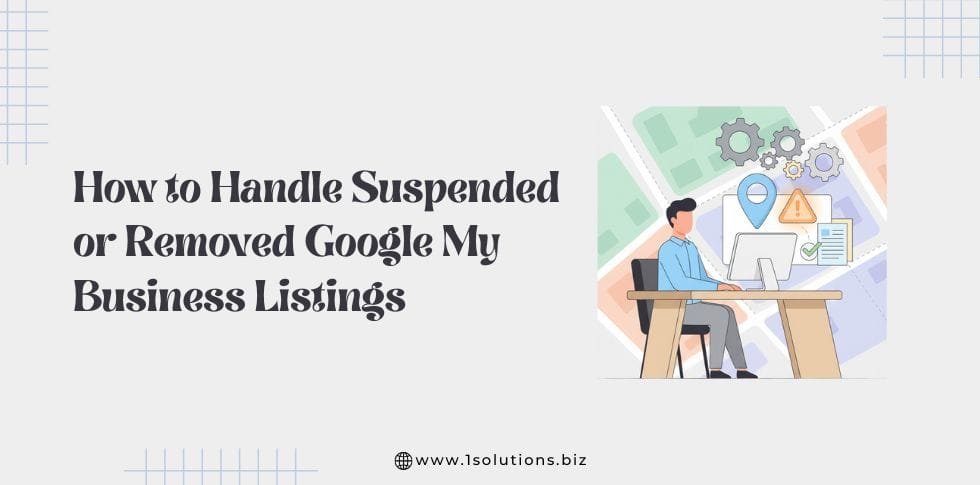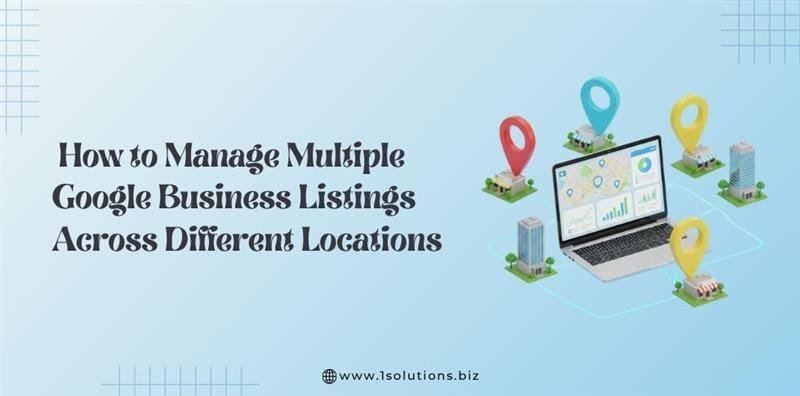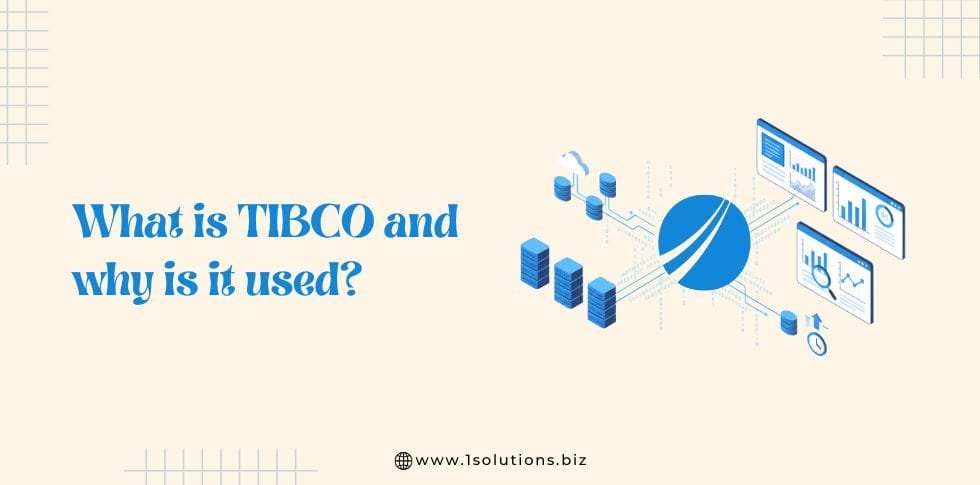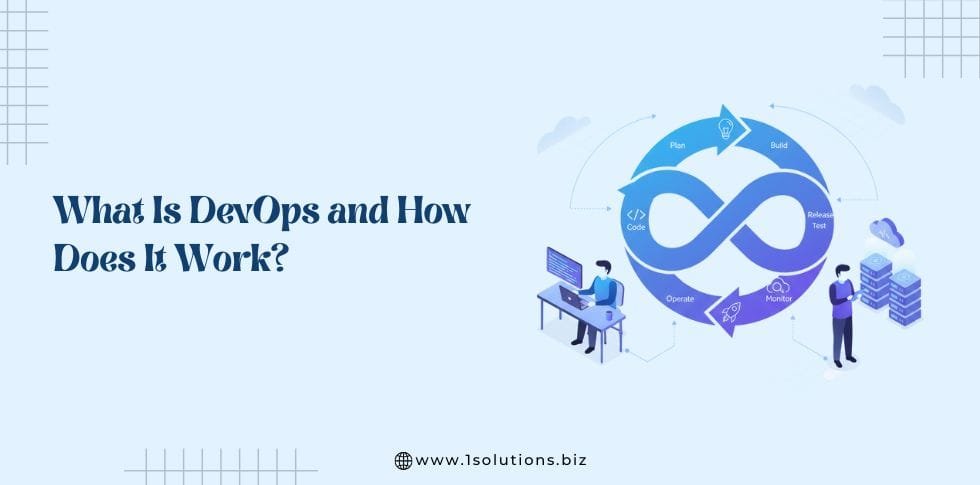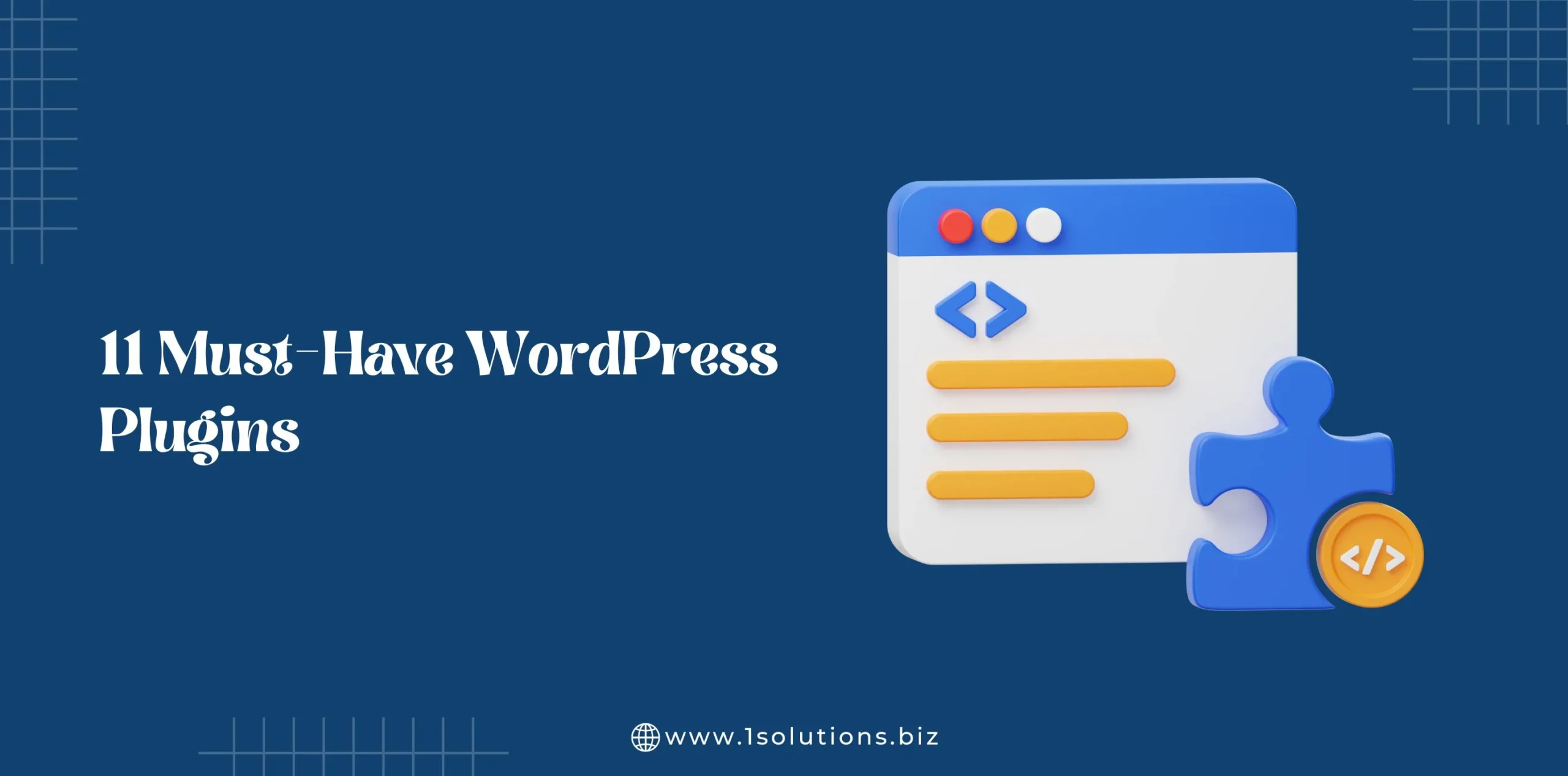Why SEO is Important for Business
In the ever-evolving digital landscape of 2025, businesses can no longer afford to overlook the power of search engine optimization.
Whether you’re a small startup, a local service provider, or an established enterprise, SEO is the key to unlocking online visibility, driving traffic, and staying competitive. But why exactly is SEO so critical for businesses today?
A well-executed SEO strategy can transform companies, helping them connect with their audiences, boost revenue, and build lasting credibility.
This refreshed guide dives deep into the importance of search engine optimization, exploring its benefits, current best practices, and real-world applications.
If you want professional guidance, try our affordable SEO packages starting at $350 per month to see cost-effective results.
What is SEO and Why Does It Matter?
SEO is the process of optimizing your website to rank higher on search engine results pages (SERPs) like Google, Bing, or Yahoo.
By improving your site’s visibility for relevant search terms, SEO helps attract organic (unpaid) traffic from users actively looking for your products or services.
According to BrightEdge, organic search drives over 53% of all website traffic—a figure that underscores its dominance over paid ads and social media.
But SEO is more than just a traffic generator. It’s about aligning your online presence with customer intent, enhancing user experience, and establishing your brand as a trusted authority.
In an era where Google processes over 8.5 billion searches daily, businesses that fail to prioritize SEO risk fading into obscurity. Whether you’re a retailer, a service provider, or a B2B company, SEO ensures you’re found when it matters most.
The Core Benefits of SEO for Businesses
SEO offers a multitude of advantages that extend far beyond higher rankings. Here’s why it’s indispensable for your business in 2025:
1. Increased Website Traffic and Lead Generation
The primary goal of SEO is to get your website in front of the right people. When your site ranks on the first page of Google—where 75% of users never scroll past—you’re more likely to attract clicks, inquiries, and conversions.
For example, a local bakery optimizing for “best cupcakes near me” could see a surge in foot traffic, while an e-commerce store targeting “sustainable clothing brands” might boost online sales.
2. Cost-Effective Marketing
Unlike paid advertising, which requires ongoing investment, search engine optimization delivers long-term results with minimal recurring costs. Once your site ranks well, it can maintain that position with regular updates and maintenance.
This makes SEO a budget-friendly option for small businesses and startups. As we’ve explored in What is Organic SEO and Its Benefits?, organic traffic compounds over time, offering a high return on investment (ROI).
3. Enhanced Brand Credibility and Trust
Users trust Google’s algorithm to deliver reliable results. A top-ranking site is often perceived as more credible than one buried on page five. By optimizing your site with quality content and a user-friendly design, you signal authority and professionalism.
For instance, a law firm ranking for “personal injury lawyer [city]” gains instant legitimacy in the eyes of potential clients.
4. Better User Experience
SEO isn’t just about search engines—it’s about people. Google rewards sites that load quickly, work seamlessly on mobile devices, and provide valuable content.
Improving these elements enhances the experience for your visitors, reducing bounce rates and increasing engagement. Tools like Google PageSpeed Insights can help you identify areas for improvement.
5. Competitive Advantage
In a crowded market, SEO helps you stand out. If your competitors aren’t investing in optimization, you can leapfrog them by targeting the right keywords and building a stronger online presence.
For example, our Plumbing SEO Services can help local plumbing businesses increase visibility and attract customers in search results.
6. Local Visibility for Brick-and-Mortar Businesses
For businesses with physical locations, local SEO is a game-changer. Optimizing for “near me” searches or appearing in Google’s Local Pack can drive foot traffic and phone calls.
Our guide How to Do Local SEO Marketing dives deeper into this, showing how to dominate your local market.
Why SEO is More Important Than Ever in 2025
The digital landscape has shifted dramatically since the early days of search engine optimization. Here’s why it’s more critical now than ever:
The Rise of Voice Search and AI
With devices like Amazon Alexa and Google Home, voice search is booming. Statista predicts that 50% of searches will be voice-based by 2025. This shift demands new SEO tactics, like optimizing for conversational queries (e.g., “What’s the best plumber in [city]?”).
Meanwhile, AI tools like Google’s BERT algorithm prioritize content that matches user intent, making keyword stuffing obsolete.
Mobile Dominance
Over 60% of searches now occur on mobile devices, per Google. A mobile-friendly site isn’t optional—it’s a ranking factor. Businesses that neglect mobile optimization risk losing half their audience.
For tips on improving mobile performance, see How to Rank on the Top of Google Search Results.
Evolving Consumer Behavior
Today’s consumers research extensively before buying. A Forbes study found that 70-80% of people research a company online before making a purchase or visiting a store.
If your site isn’t optimized, you’re missing out on these decision-makers.
Algorithm Updates
Google’s frequent updates—like the 2024 Core Update—emphasize quality content, user experience, and relevance. Staying ahead requires adapting to these changes, a topic we cover in 15 Proven Tips to Rank #1 on Google.
How SEO Works: A Modern Overview
To understand SEO’s importance, let’s break down how it works in 2025:
On-Page SEO
This involves optimizing elements on your website:
- Keywords: Research and target terms your audience uses, like “affordable web design” or “local roofing services.” Tools like SEMrush can help.
- Content: Create high-quality, intent-driven pages and blogs. For example, a contractor might write “How to Choose the Best Roof for Your Home.”
- Technical Optimization: Ensure fast load times, secure HTTPS, and mobile responsiveness.
Off-Page SEO
This focuses on external factors:
- Backlinks: Earn links from reputable sites like Entrepreneur or local directories. Our post 10 Powerful Link Building Techniques for SEO offers actionable strategies.
- Social Signals: While not a direct ranking factor, shares on Twitter or LinkedIn amplify your reach.
Local SEO
For businesses serving specific areas, this includes:
- Google Business Profile: Optimize with accurate NAP and photos.
- Local Citations: List your business on Yelp or Yellow Pages.
How to Get Started with SEO for Your Business
Ready to harness SEO? Here’s a step-by-step plan:
1. Audit Your Current Site
Use Google Analytics and Google Search Console to assess traffic, rankings, and technical issues. Identify gaps like slow load times or missing keywords.
2. Conduct Keyword Research
Find terms your audience searches for. A landscaper might target “lawn care in [city],” while a retailer could focus on “sustainable fashion brands.” Tools like Ahrefs provide competitive insights.
3. Optimize On-Page Elements
Update title tags, meta descriptions, and headers with keywords. Ensure content is engaging and answers user questions. For example, “Why Choose Our Plumbing Services?” could rank for service-related queries.
4. Build a Content Strategy
Start a blog with topics like “Top 5 Tips for [Your Industry]” or “How to Solve [Common Problem].” Link to internal pages and authoritative sites like Moz.
5. Focus on Local SEO
Optimize your Google Business Profile, encourage reviews, and create location-specific pages.
6. Earn Quality Backlinks
Reach out to industry blogs, partner with local businesses, or get listed in directories. Explore 10 Powerful Link Building Techniques for SEO for more ideas.
7. Track and Refine
Monitor performance with analytics tools and adjust based on data. Test new keywords or content formats to stay ahead.
Common SEO Myths Debunked
SEO is often misunderstood. Let’s clear up some myths:
Myth 1: SEO is a One-Time Task
Reality: SEO is ongoing. Algorithms change, competitors adapt, and user behavior evolves. Regular updates keep you competitive.
Myth 2: More Keywords = Better Rankings
Reality: Keyword stuffing hurts rankings. Focus on natural, intent-driven content, as explained in What is Organic SEO and Its Benefits?.
Myth 3: Paid Ads Replace SEO
Reality: Paid ads complement SEO but don’t replace it. Organic traffic offers sustainability that ads can’t match.
The Future of SEO: What’s Next?
Looking ahead, SEO will continue evolving:
- AI and Personalization: Tools like Google’s RankBrain will prioritize personalized results, requiring deeper user intent focus.
- Zero-Click Searches: Featured snippets and knowledge panels mean more traffic stays on Google. Optimize for these with concise, authoritative answers.
- Video and Visual Search: Platforms like YouTube and Google Lens are rising. Add video content and alt text to stay relevant.
Must Read- 15 Proven Tips to Rank #1 on Google
Invest in SEO for Long-Term Success
SEO isn’t just a marketing tactic—it’s a strategic investment in your business’s future. By driving traffic, building trust, and outpacing competitors, SEO delivers unparalleled value in 2025 and beyond.
At 1Solutions, we’ve helped businesses of all sizes unlock their potential with tailored SEO strategies. Whether you’re starting from scratch or refining an existing approach, our team is here to guide you.
Ready to elevate your online presence? Contact us today, and explore our resources like How to Rank on the Top of Google Search Results and 15 Proven Tips to Rank #1 on Google to kickstart your journey.




















